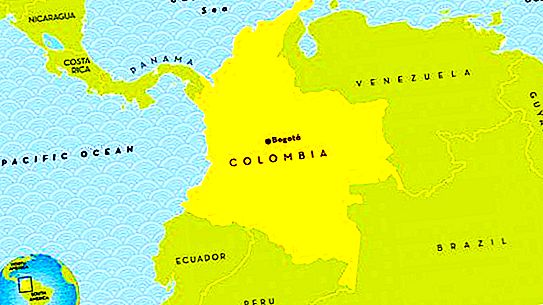The date of birth of the Kamensk – Ural Museum of Local Lore is May 5, 1924. The period from 1917 to 1927 is considered the "golden decade" for the development of domestic local history. Thousands of enthusiasts, despite the hardships of life, showed great interest in their roots and museum work. Well, if in the village there was a person who knows how to organize people and work. It was in such places that circles of local history lovers were born, and museums were created. Most often this happened at factories, schools or houses of culture.
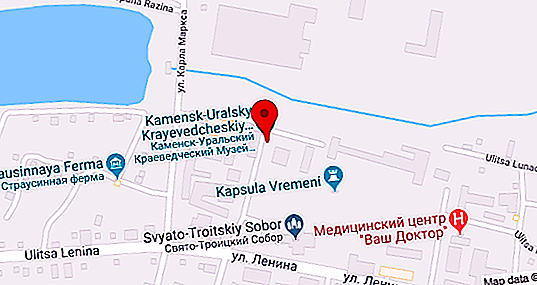
The birth of the museum in Kolchedan
Kamensk – Ural Museum of Local Lore, of course, did not appear from scratch. Its founder, a man who lived for a long time in the Urals, loved and appreciated this land and collected materials for his contemporaries and descendants all his life. Ivan Yakovlevich Styazhkin, an honorary citizen of Kamensk-Uralsky, folklorist, local historian, breeder, meteorologist, is also one of the discoverers of the bauxite deposit.
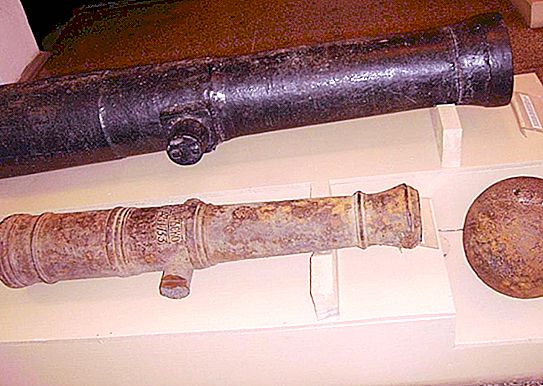
The first collections and herbariums began to appear in 1902 at the male school of the city of Kolchedan, where Ivan Yakovlevich worked as head and teacher. The goal was simple: he introduced his students to the nature of his native land. He also collected samples of various minerals; these places have long been famous for ore deposits. Objects and herbariums collected by him and his students, as well as donated by the Ural Society of Natural History Lovers (UOLE), he placed at the school, organizing in 1905 the first small museum. After the revolution, leaving the city, he took part of the exhibits with him, leaving the rest to the school.
The emergence of the Kamensk-Ural Museum of Local Lore
For many years, objects dear to him remained unclaimed. Styazhkin and his family changed places of residence, but he did not have the conditions for creating an exposition. In 1923, the family moved to Kamensk-Uralsky and brought five pounds of minerals and stones with them. During the year, I. Ya. Styazhkin tried to transfer his “treasures” to the city House of Culture, but there was no place for them, the leadership showed no interest.
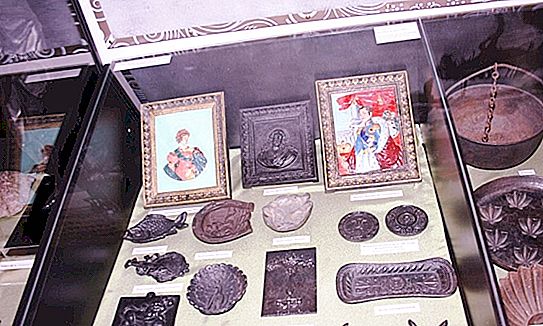
Finally, on May 2, 1924, he was offered a dilapidated building and little money for repairs. With the help of volunteers, they quickly put things in order, put in glass, repaired the roof, and after 3 days, the public, free museum was ready to receive visitors. But they were in no hurry to look at the poor exposition. It turned out that it was enough to open the museum once a week, on a weekend. Styazhkin and his family worked on a voluntary basis.
Museum Fund Development
The merits of Ivan Yakovlevich, an expert in local history and an excellent storyteller, admirers and donors began to appear at the museum. Young people came here for knowledge. After the agricultural exhibition, which was held by the district executive committee within the walls of the museum, valuable items such as shop windows, cereal collections, herbaria of herbs remained. The local amateur theater showed a performance, for which he donated money to the museum to expand the exhibition.
But all the work was nearly in vain. In 1930, the museum was evicted from the building; it was needed for a hostel. The collection was moved to the barn, where part of it was damaged, part was stolen. It all started all over again.
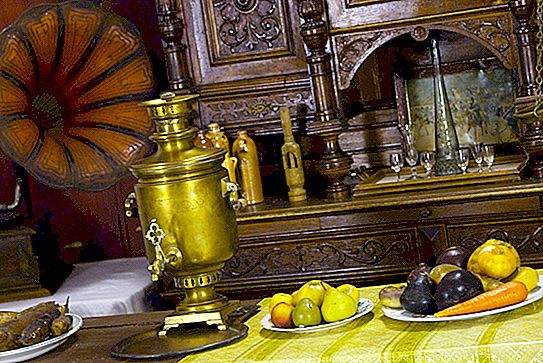
An amazing person - Styazhkin Ivan Yakovlevich - did not give up and did not give up, fighting for his brainchild, the Kamensk-Ural Museum of Local Lore. In his efforts in 1931, the museum received the status of a state institution, and three paid positions were included in the budget: the head, the carpenter, and the technical staff. So the museum began to take the form of a cultural institution, serving the townspeople as a source of knowledge.


